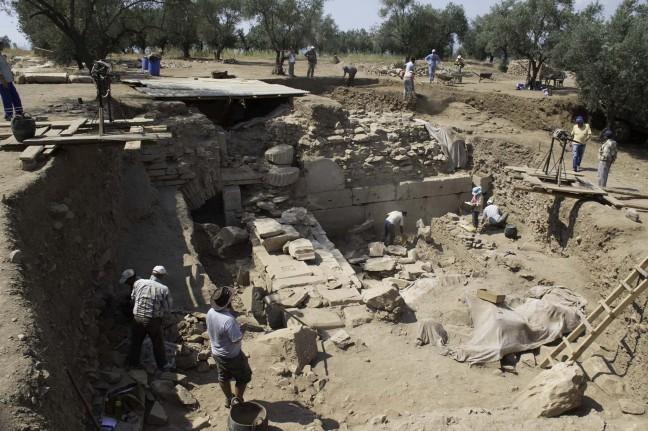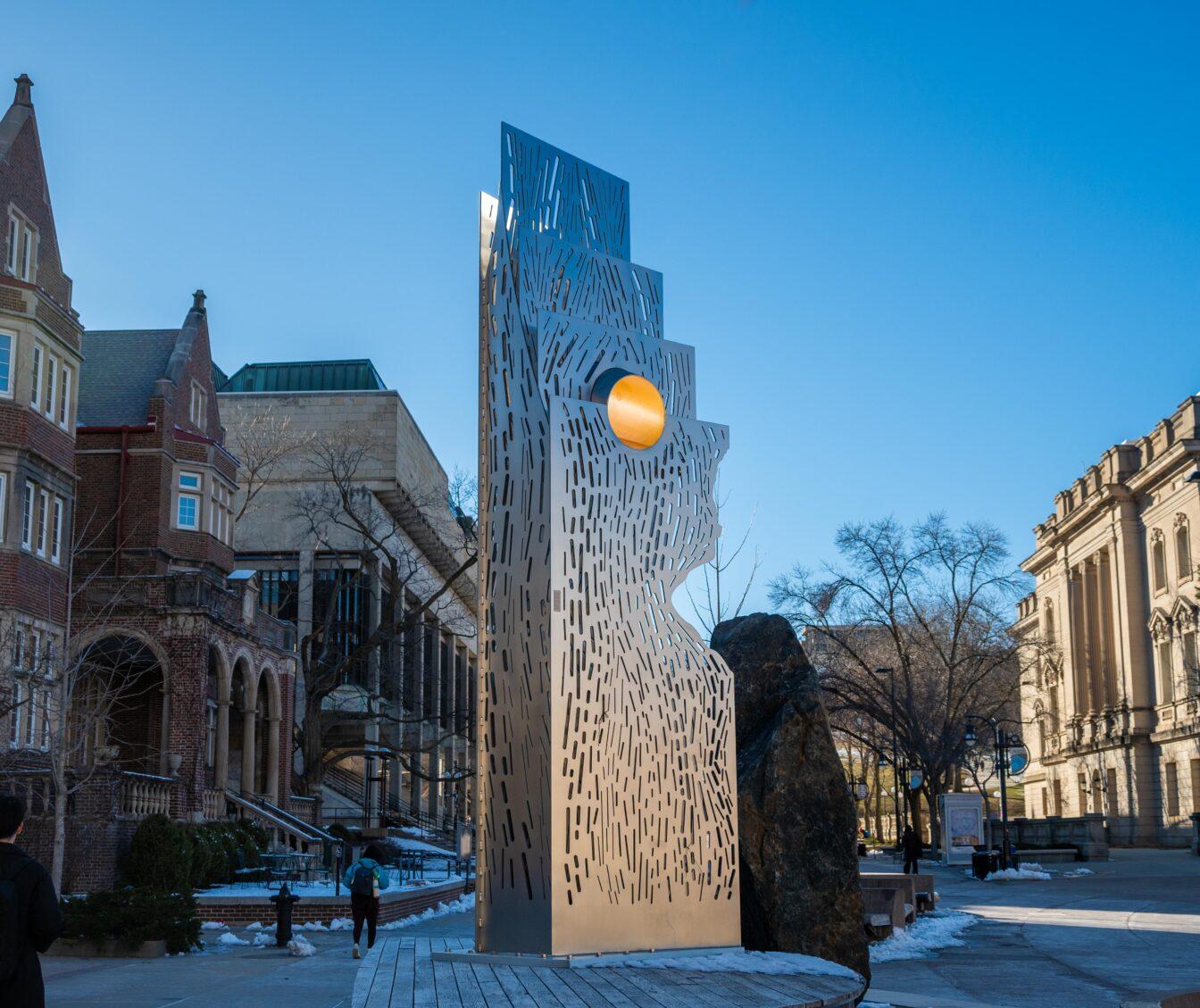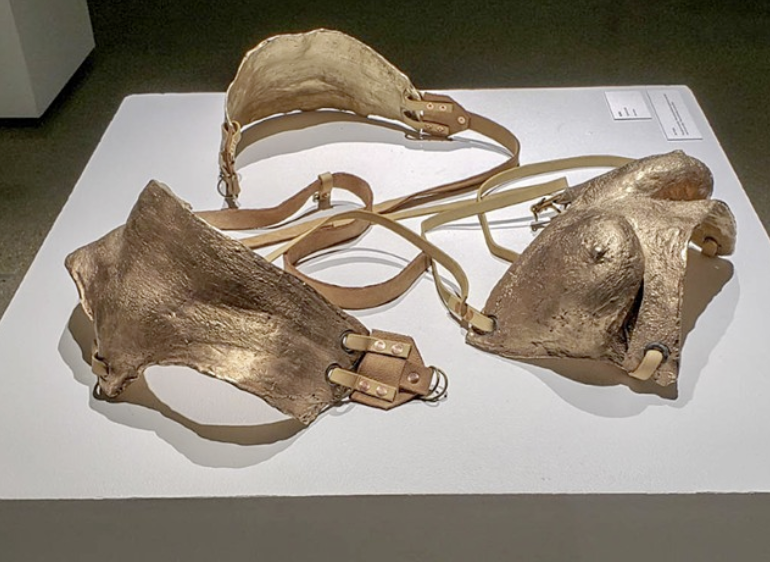Usually nights of heavy drinking and friendly camaraderie go undocumented, largely forgotten by those involved and hold little historical significance. Unless said night of drinking took place between the first and third centuries A.D., and one of the partygoers etched the goings-on of that party in stone in present day Turkey.
Recently, University of Wisconsin art history professor Nick Cahill and his team uncovered a stone base of a statue from the ancient city of Sardis with an inscription detailing a night one woman paid for a bout of drinking and invited the entire senate.
Such unusual and culturally distinct findings characterize the Sardis Expedition, an archaeological dig in western Turkey. Cahill and his team use these collections of ancient artifacts to better understand ancient Lydian culture, how its organization differed from that of the Greeks and whether Lydian kings once inhabited the site.
They recently uncovered a burial ground, the base and ruins of a Roman temple and part of one of the largest arches in the Roman world. The team found stone inscriptions in Greek and parts of human sculptures. One frieze showed a head that looked “a little bit like Elvis,” Cahill said during his speech on their findings Feb. 19.
Part of the Roman temple’s floor had a nine-meter deep fissure, probably created by an earthquake sometime between 478 and 608 A.D. The earthquake may have also contributed to the temple’s destruction.
Another part of the project involved cleaning up some marble slabs in the nearby Temple of Artemis, excavated a hundred years ago. Since then, lichen and a black film of cyanobacteria have covered the walls. Workers applied biocide, which killed the organisms and restored the marble to its original condition.
At one point the team prepared for a seemingly routine excavation that would reveal more of an old marble-paved road. They expected to dig down until they hit marble pavement.
“It should have been the easiest thing in the world … so we were a little bit surprised when large marble blocks started to appear out of the dirt,” Cahill said.
They had discovered pieces from a fallen arch and from the shape of those pieces they could deduce its size. Cahill doesn’t want to announce it as the largest one quite yet, but said he doesn’t know of any arches comparable in size.
Sardinian builders commonly reused material from other structures, and the arch is no exception. Some of the column drums, which are basically circular slices of the column, were taken from the nearby Temple of Artemis. However, Cahill doesn’t know the nature of the relationship between these two buildings.
“Was this a deliberate and meaningful reuse of ancient sacred stones? Or did someone just get a big discount on odd-sized column drums?” he said, joking with the audience.
His questions remain unanswered, but Cahill’s rhetoric gave new life to the ancient focus of his speech, and engaged members of the community who will soon have access to the findings and will be able to explore these questions on their own. The expedition is developing a website to catalogue all of its finds and allow the public, scholars and students to view and use them.
“We hope to dump 50-something years of results into that,” Cahill said.
Everyone from archaeologists and topographers, to conservators and seismologists worked on this excavation. Though Cahill described the dig as “relatively straightforward,” it seems that what they dig up is often far more interesting than what they had expected.
This article was originally headlined “UW sponsored archeological dig uncovers ancient culture in Turkey” and has been updated to “UW professor’s archeological dig uncovers ancient culture in Turkey.”
The line “University of Wisconsin art history professor Nick Cahill and his team uncovered a stone statue from the ancient city of Sardis…” has been updated to “University of Wisconsin art history professor Nick Cahill and his team uncovered a stone base of a statue from the ancient city of Sardis…”
The Badger Herald regrets these errors.



















